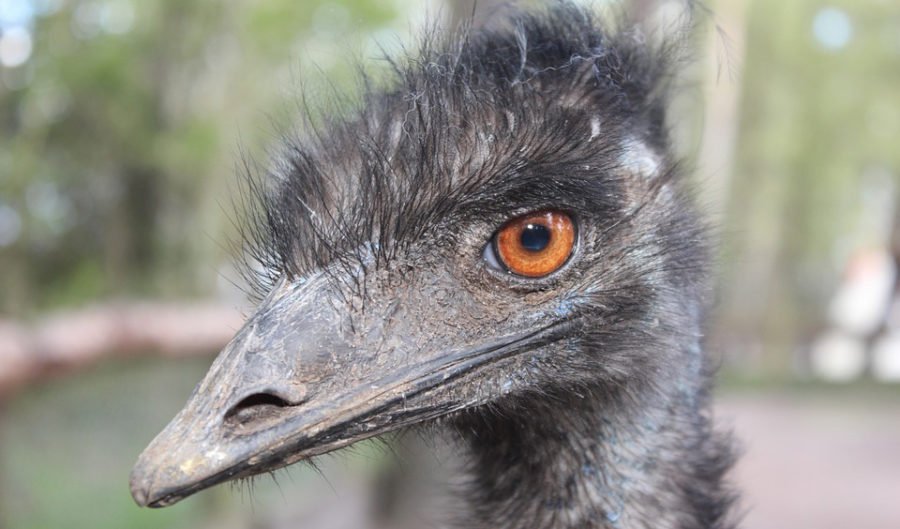An emu gene could have the potential to aid limb abnormalities in humans

MELBOURNE RESEARCHERS have identified a growth-limiting gene in Australia’s famously earthbound emus that may one day be engineered to aid humans with limb abnormalities.
Scientists from the Monash University Biomedicine Discovery Institute carried out genetic sequencing of emu embryos and hypothesised that Nkx2.5, a gene they found being activated in emus during wing development – but not in chickens or other birds – could be the cause of the tiny limbs.
They tested their theory by inserting the Nkx2.5 gene into chicken embryos and discovered that the birds then developed significantly smaller wings.
“Until now, very little was known about the genetic basis of wing reduction during embryonic development,” said Monash researcher Craig Smith in a statement. “It was very exciting because this gene had not been implicated in limb development previously.”
Aside from narrowing down the cause of the emu’s distinctive flight hindrance, the confirmation suggests that genetic engineering could be used to reverse the growth stunting process.
Nkx2.5 also occurs naturally in humans and is a known-regulator of heart development, so mutations to the gene can cause congenital heart disease and malformation.
The researchers are now wondering if irregular activation of the gene could also be at the root of human limb abnormalities, and are looking to further study its role in humans to see if they could prevent abnormal development before it occurs.
Smith said they may pursue the finding’s biomedical implications “down the track.”
The study was funded by the Australian Research Council and was published this week in Nature Communications.
READ MORE:

